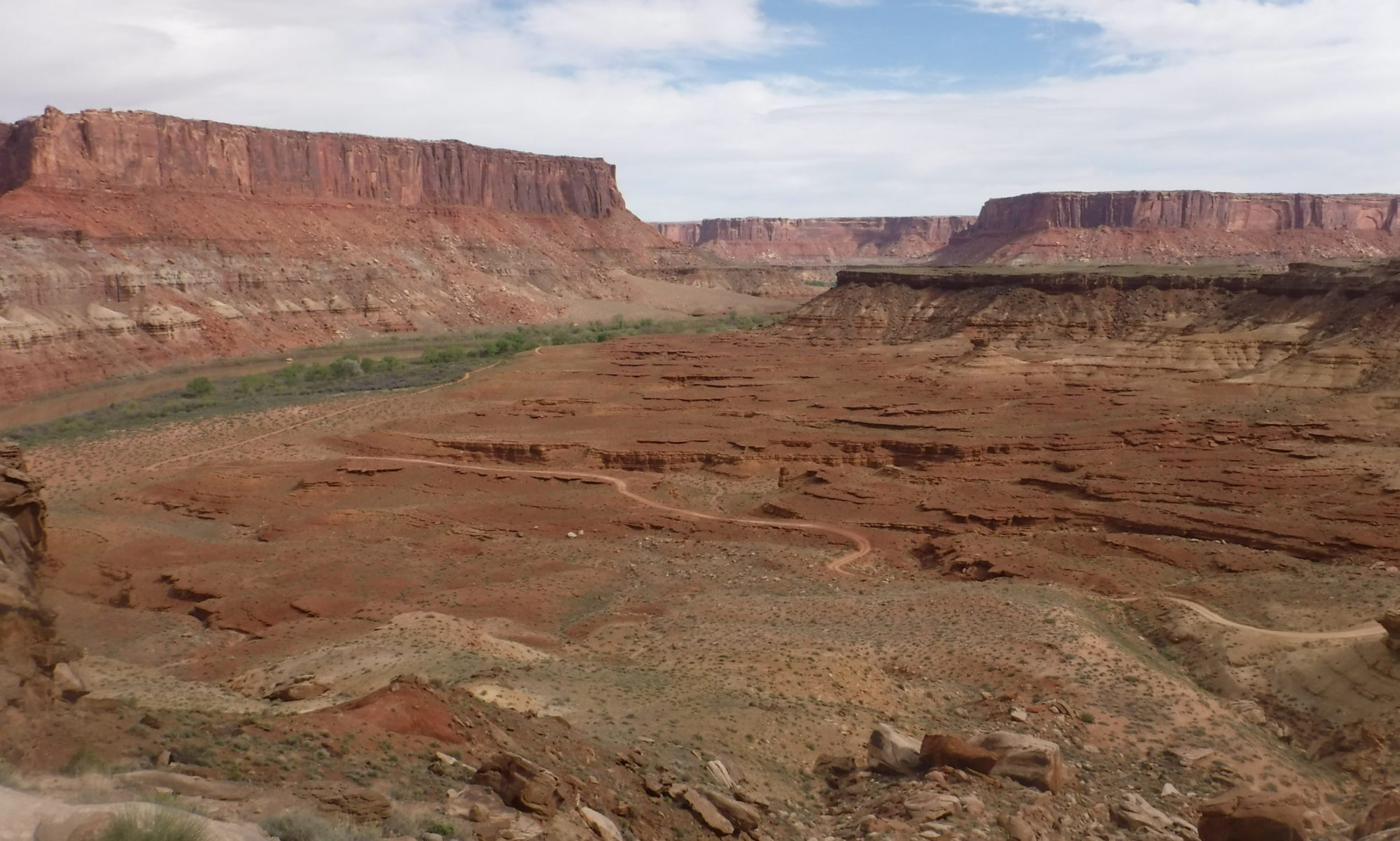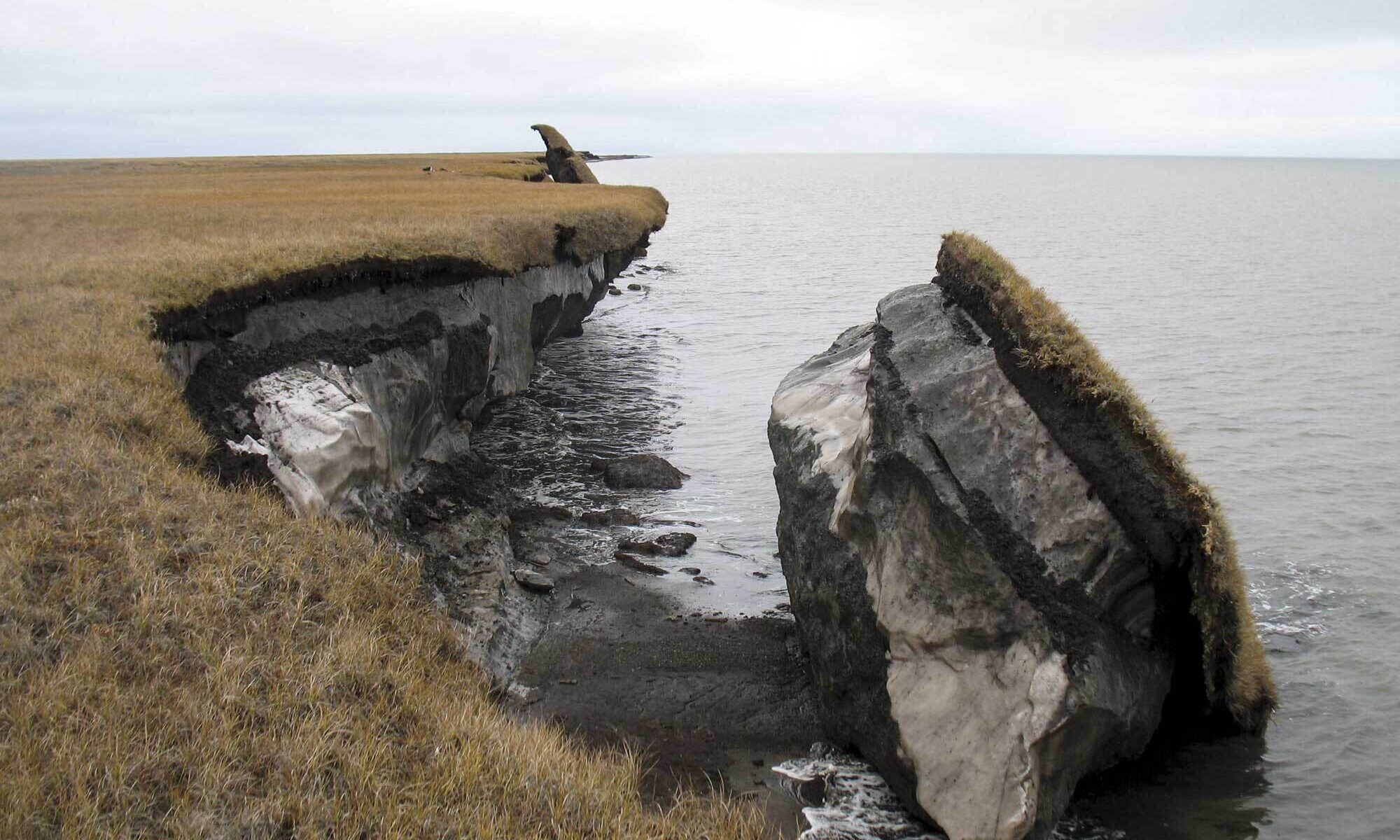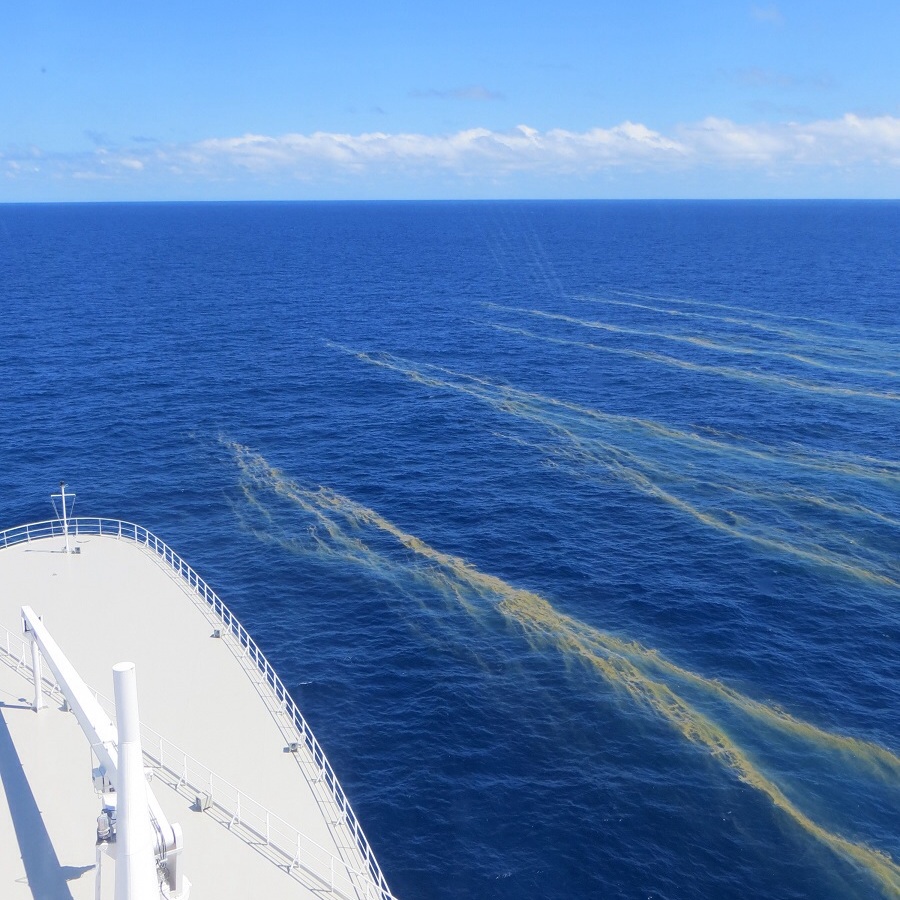Thawing permafrost is known to be a substantial source of greenhouse gases to our atmosphere, yet scientists may still be underestimating this frozen giant. Permafrost soils store twice the amount of carbon than is currently in the atmosphere, but icy temperatures prevent microbes from converting carbon in the soil to greenhouse gasses. This creates a sort of carbon lockbox in the arctic. However, as climate change warms our planet, this once-frozen carbon threatens to escape to the atmosphere as the potent greenhouse gas, methane. A new study by Dr. Katey Walter Anthony and colleagues changes the paradigm of permafrost science and warns that current models underestimate the amount of methane that permafrost thaw in regions of Alaska and Siberia could release.
Continue reading “Permafrost Paradigm Shift Suggests More Methane Emissions to Come”Un nuevo rol de los fijadores de nitrógeno en la captura de carbono en el océano
Autores: Sophie Bonnet, Mar Benavides, Frédéric A. C. Le Moigne, Mercedes Camps, Antoine Torremocha, Olivier Grosso, Céline Dimier, Dina Spungin, Ilana Berman-Frank, Laurence Garczarek, and Francisco M. Cornejo-Castillo
Te expandes hacia adentro y hacia afuera con cada ola salada, hasta que de repente la idea del almuerzo activa una punzada de hambre. Un rayo de luz sofoca la hambruna, y tomas un saciante bocado de dióxido de carbono acompañado de nitrógeno. Como una bacteria fotosintética fijadora de nitrógeno usas la energía del sol para convertir gas nitrógeno en nutrientes que tú y tus vecinos necesitan.
Continue reading “Un nuevo rol de los fijadores de nitrógeno en la captura de carbono en el océano “A New Role for Nitrogen Fixers in Oceanic Carbon Sequestration
Paper: Diazotrophs are overlooked contributors to carbon and nitrogen export to the deep ocean
Authors: Sophie Bonnet, Mar Benavides, Frédéric A. C. Le Moigne, Mercedes Camps, Antoine Torremocha, Olivier Grosso, Céline Dimier, Dina Spungin, Ilana Berman-Frank, Laurence Garczarek, and Francisco M. Cornejo-Castillo
You swell up and down with each salty wave, until suddenly, the thought of lunch triggers a pang of hunger. A ray of sunshine stifles the starvation, and you take a satiating bite of carbon dioxide with a side of nitrogen. As a nitrogen-fixing, photosynthetic bacterium you use energy from sunlight to convert nitrogen gas to necessary nutrients for yourself and your neighbors.
Continue reading “A New Role for Nitrogen Fixers in Oceanic Carbon Sequestration”

